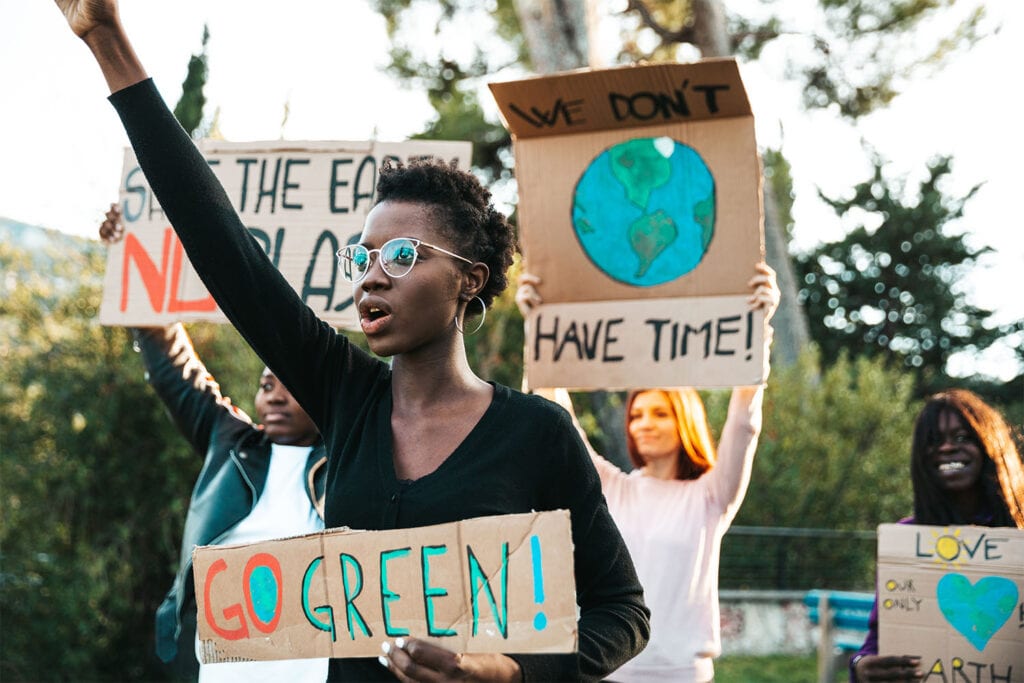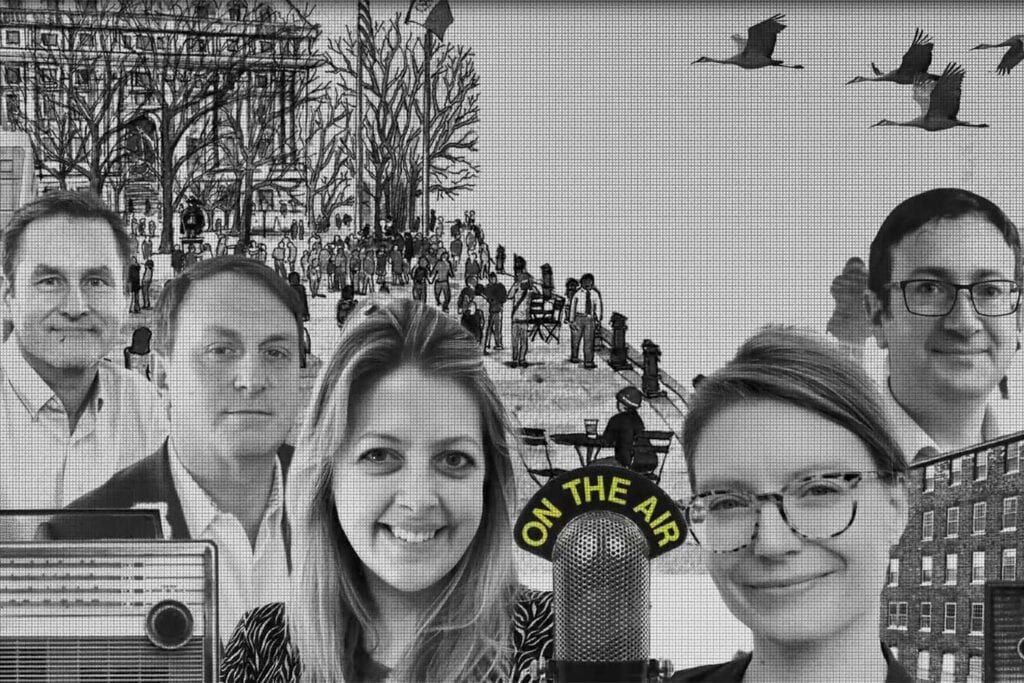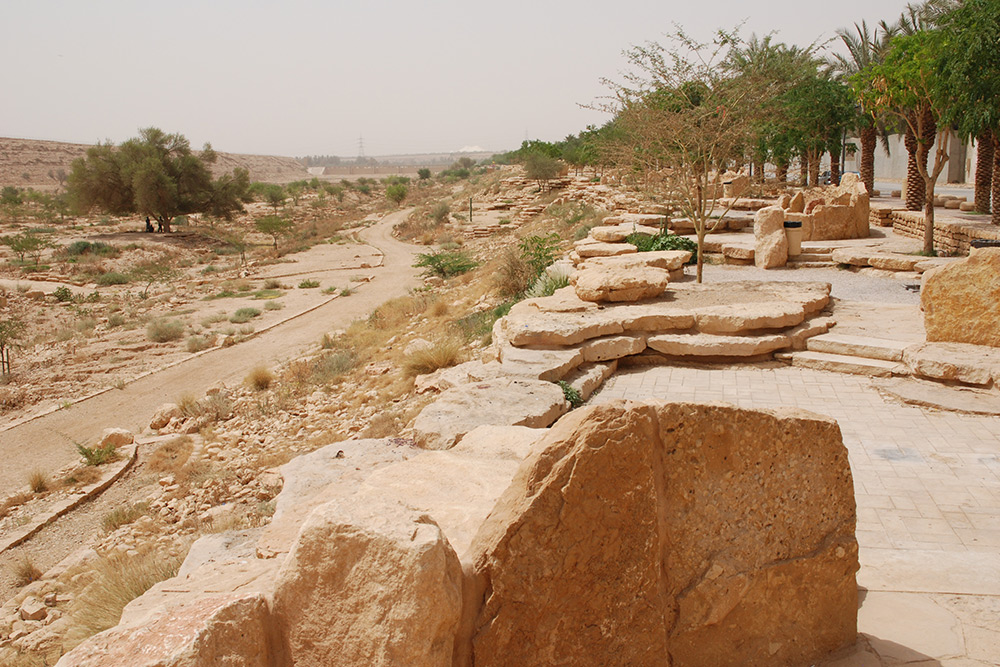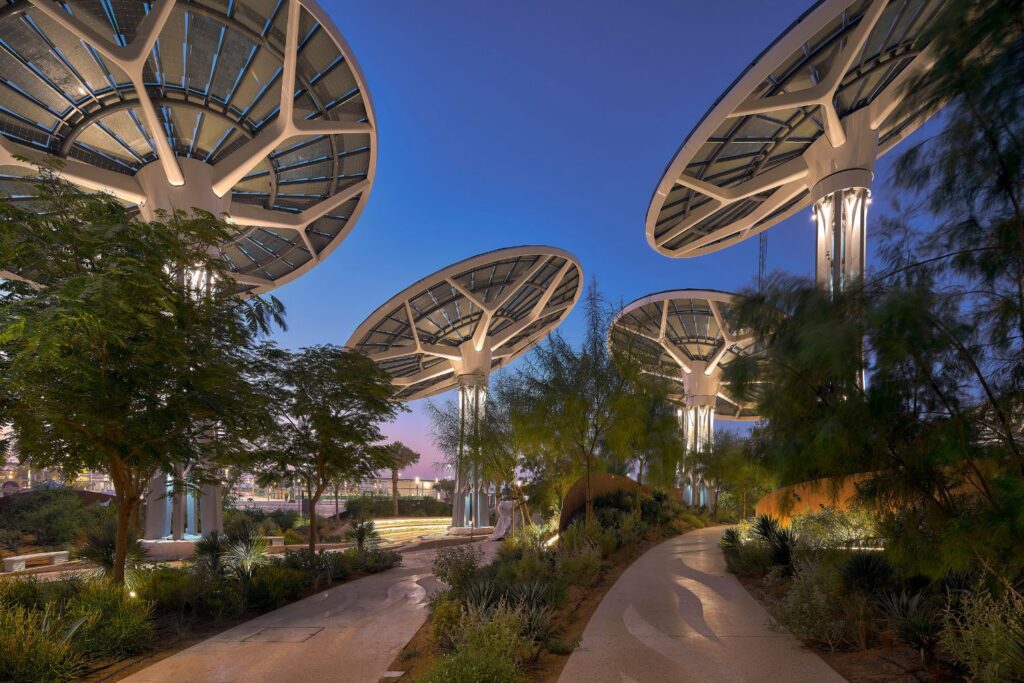Reimagine, recreate, restore: three conservation projects to celebrate World Environment Day 2021
This year’s World Environment Day theme is centred around ecosystem restoration, encouraging us to reimagine, recreate and restore. At Buro Happold, we believe that protecting and enhancing our natural environment is fundamental to delivering sustainable solutions for a greener, more resilient future.

Ecosystems are defined as the interaction between living organisms – plants, animals, people – and their surroundings. This includes nature, but also built environments such as cities. To build sustainably and reduce environmental impacts in our cities and communities, we must prioritise the refurbishment and conservation of the existing built environment and promote green infrastructure.
At Buro Happold, we are continuing to work towards a sustainable, equitable and green recovery to mitigate the climate and biodiversity crisis. The integration of biodiversity into development designs, and the potential impacts on ecology, are now key aspects of the planning and design process.
Understanding the environment of your building is vital to its success. Our founder, Sir Ted Happold, believed in designing buildings that emulated nature. The refurbishment and reuse of existing sites not only breathes new life into urban infrastructure, it connects the built environment with the natural world.
With this in mind, let’s take a look at three Buro Happold projects that have either reimaged, recreated or restored the natural environment.
1. Reimagine: The High Line, New York City, USA
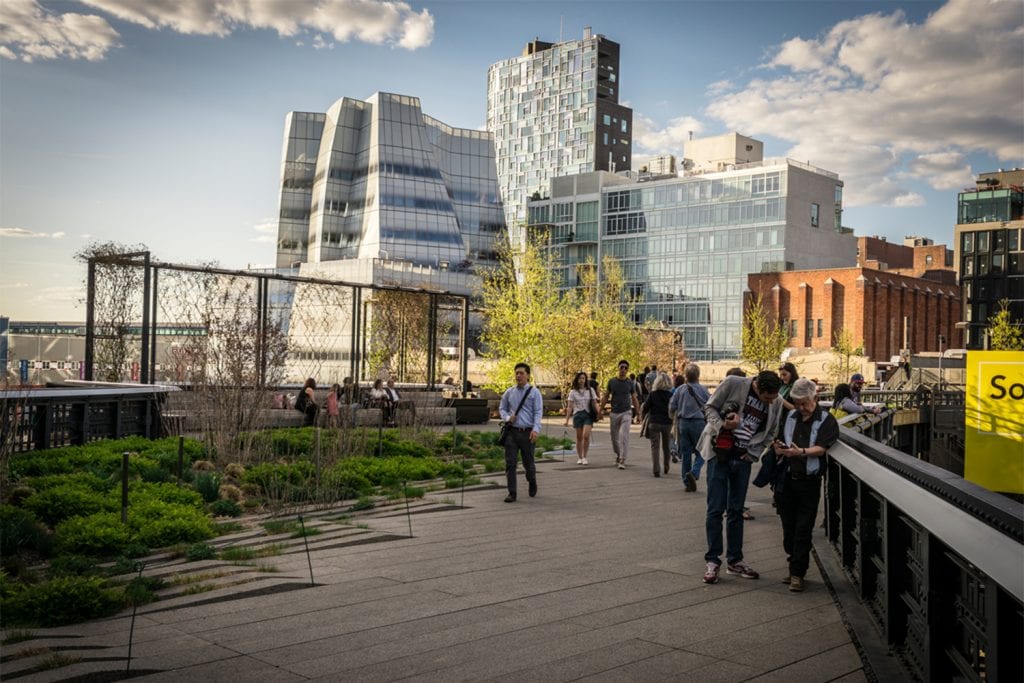
Built in the 1930s and last used in 1980, the High Line was a little known and long abandoned stretch of elevated railway that spanned Manhattan’s meatpacking district. In 1999, an initiative to determine the fate of the line began. The challenge was to reimagine and transform the disused railway into a public park for New York City residents with minimal environmental impact to the local ecosystem. It was essential to create a design that would marry the industrial past represented by the High Line with a sustainable future for the site.
The idea to transform this derelict track into a beautiful park was realised through the concept of agriculture. This approach changed the rules of engagement between plant life and pedestrians, by combining organic mediums with building materials to accommodate the wild, the cultivated, the intimate and the social.
To preserve the High Line’s unique character, the design gives the appearance of remaining perpetually unfinished, blending into the natural landscape. The harmonisation between the man-made and the natural means the project can sustain emergent growth and change over time. The High Line has become a place of community engagement, connectivity and inspiration.
2. Recreate: Mayfield, Manchester, UK

Located in the heart of Manchester, Mayfield lies within a disused and derelict industrial site, known as the city’s forgotten district. The redevelopment plans include a mixed-use scheme with 1,500 homes and office spaces, and will provide the first new park in Manchester for over a century. Phase one of the ambitious regeneration scheme began in 2020, with the core focus of increasing biodiversity and re-naturalising the River Medlock.
Buro Happold’s role on the project is to restore and enhance features which support Manchester’s biodiversity. As well as transforming the site into a residential and commercial hub, we are helping to create a space for nature in the midst of the urban setting. The development represents a brave new approach to urban design and planning, actively promoting the health and wellbeing of people and the planet.
Our ecology and biodiversity management team are collaborating with our water and bridge teams to develop plans that will restore the River Medlock, encourage biodiversity and create an attractive public park. We have undertaken extensive ecological assessments to identify existing flora and fauna on the site. This also supports the architects to create a park landscape that will deliver significant and meaning net gains for biodiversity.
The design integrates new wildlife habitats into into an otherwise urban setting. The use of bioengineering techniques for flood prevention will enable the creation of new riparian habitat to improve the ecological functionality of the River Medlock. Landscaping with native species, replacement tree planting, and the provision of habitat features for bats, birds and invertebrates will provide attractive, multifunctional spaces for both people and wildlife. This will also help to mitigate the environmental impacts of the development.
3. Restore: Ankara Field Station, Madagascar

Bristol Zoological Society has worked in northern Madagascar since 2006, carrying out invaluable conservation work to safeguard the wildlife in this unique and biologically rich African island.
Buro Happold is providing engineering support for a new field research station located in the Ankarafa Forest. Designed to replace the existing, outdated camp, the new facility will allow researchers to increase the scale and effectiveness of their conservation work. The researchers study the behaviour and ecology of the critically endangered blue-eyed black lemurs. These lemurs are one of the 111 species of lemurs found exclusively on the island, most of which are endangered due to vast deforestation in the region.
The field station also contributes to the protection of the forest in a much wider context. It provides a hub for conservation across the region and creates a link between the local community and the forest through education. The researchers are working alongside the local Malagasy community to improve sustainable farming methods and construction techniques, preserving the forest for future generations.


